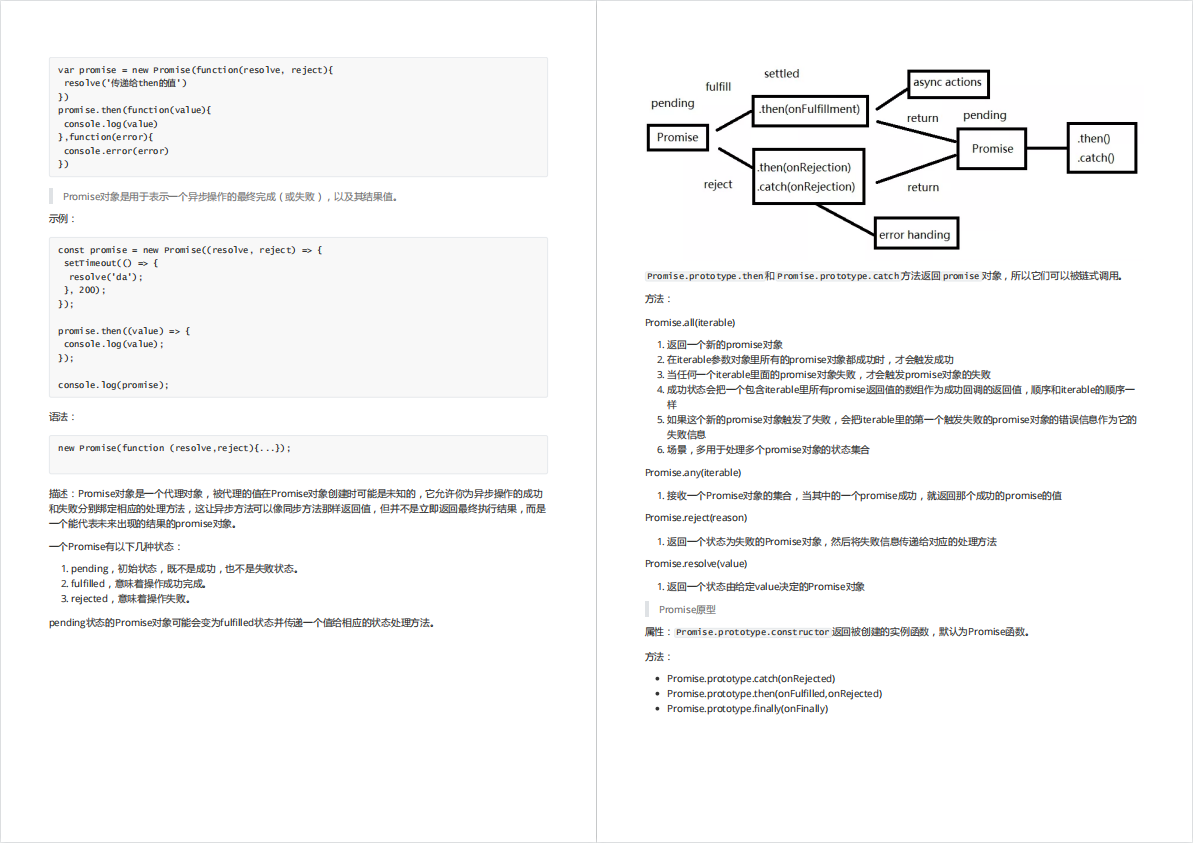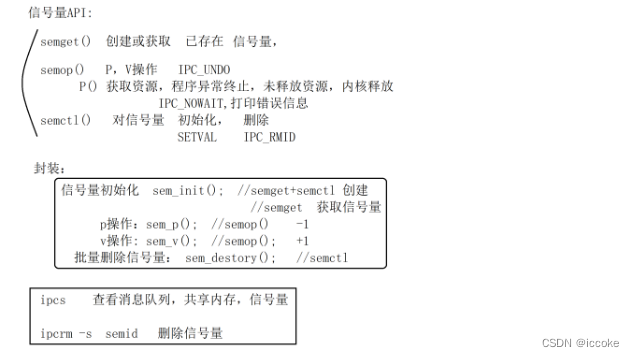
文章目录
- 线程池
- 线程安全的单例模式
- 单例模式的特点
- 饿汉方式和懒汉方式
- 单例模式实现线程池
- 其他常见的锁
- 读者写者问题
线程池
线程池是一种线程使用模式。线程过多会带来调度开销,进而影响缓存局部性和整体性能。而线程池维护着多个线程,等待着监督管理者分配可并发执行的任务。这避免了在处理短时间任务时创建与销毁线程的代价。线程池不仅能够保证内核的充分利用,还能防止过分调度。可用线程数量应该取决于可用的并发处理器、处理器内核、内存、网络sockets等的数量。
线程池的运用场景:
- 需要大量的线程来完成任务,且完成任务的时间比较短。 WEB服务器完成网页请求这样的任务,使用线程池技术是非常合适的。因为单个任务小,而任务数量巨大,你可以想象一个热门网站的点击次数。 但对于长时间的任务,比如一个Telnet连接请求,线程池的优点就不明显了。因为Telnet会话时间比线程的创建时间大多了。
- 对性能要求苛刻的应用,比如要求服务器迅速响应客户请求。
- 接受突发性的大量请求,但不至于使服务器因此产生大量线程的应用。突发性大量客户请求,在没有线程池情况下,将产生大量线程,虽然理论上大部分操作系统线程数目最大值不是问题,短时间内产生大量线程可能使内存到达极限,出现错误。
设计一个线程池:
- 创建固定数量线程池,循环从任务队列中获取任务对象.
- 获取到任务对象后,执行任务对象中的任务接口.
代码实现:
Makefile文件:
thraed_pool:main.cc
g++ -o $@ $^ -std=c++11 -lpthread
.PHONY:clean
clean:
rm -rf thraed_pool
thread_pool.hpp文件:
#pragma once
#include <iostream>
#include <queue>
#include <string>
#include <pthread.h>
// 基于工作队列的线程池
namespace ns_thread_pool
{
const int g_num = 10;
template <class T>
class ThreadPool
{
private:
std::queue<T> _task_queue; // 工作队列
int _num; // 工作队列的容量上限
pthread_mutex_t _mtx; // 保护临界资源的互斥量
pthread_cond_t _cond;
public:
void Lock()
{
pthread_mutex_lock(&_mtx);
}
void Unlock()
{
pthread_mutex_unlock(&_mtx);
}
void Wakeup()
{
pthread_cond_signal(&_cond);
}
void Wait()
{
pthread_cond_wait(&_cond, &_mtx);
}
bool IsEmpty()
{
return _task_queue.empty();
}
public:
ThreadPool(int num = g_num) : _num(num)
{
pthread_mutex_init(&_mtx, nullptr);
pthread_cond_init(&_cond, nullptr);
}
static void *Rountine(void *args)
{
pthread_detach(pthread_self());
ThreadPool<T> *tp = (ThreadPool<T> *)args;
while (true)
{
tp->Lock();
while (tp->IsEmpty())
{
tp->Wait();
}
T t;
tp->PopTask(&t);
tp->Unlock();
t();
}
}
void ThreadInit()
{
pthread_t tid;
for (int i = 0; i < _num; i++)
{
pthread_create(&tid, nullptr, Rountine, (void *)this);
}
}
void PushTask(const T &in)
{
Lock();
_task_queue.push(in);
Unlock();
Wakeup();
}
void PopTask(T *out)
{
*out = _task_queue.front();
_task_queue.pop();
}
~ThreadPool()
{
pthread_mutex_destroy(&_mtx);
pthread_cond_destroy(&_cond);
}
};
}
Task.hpp文件:
#pragma once
#include <iostream>
#include <string>
#include <pthread.h>
namespace ns_task
{
class Task
{
private:
int _x;
int _y;
char _op;
public:
Task() {}
Task(int x, int y, char op):_x(x), _y(y), _op(op) {}
std::string message()
{
std::string msg = std::to_string(_x);
msg += _op;
msg += std::to_string(_y);
msg += "=?";
return msg;
}
int Run()
{
int res = 0;
switch(_op)
{
case '+':
res = _x + _y;
break;
case '-':
res = _x - _y;
break;
case '*':
res = _x * _y;
break;
case '/':
res = _x / _y;
break;
case '%':
res = _x % _y;
break;
default:
break;
}
std::cout << "Thread: " << pthread_self() << " Task: " << _x << _op << _y << "=" << res << std::endl;
return res;
}
int operator()()
{
return Run();
}
~Task(){}
};
}
main.cc文件:
#include "thread_pool.hpp"
#include "Task.hpp"
#include <ctime>
#include <cstdlib>
#include <unistd.h>
using namespace ns_task;
using namespace ns_thread_pool;
int main()
{
srand((long long)time(nullptr));
ThreadPool<Task>* tp = new ThreadPool<Task>();
tp->ThreadInit();
while(true)
{
Task t(rand()%20+1, rand()%10+1, "+-*/%"[rand()%5]);
tp->PushTask(t);
}
return 0;
}
运行结果:
[cwx@VM-20-16-centos normal_thread_pool]$ make
g++ -o thraed_pool main.cc -std=c++11 -lpthread
[cwx@VM-20-16-centos normal_thread_pool]$ ./thraed_pool
Thread: 140412644165376 Task: 10-7=3
Thread: 140412644165376 Task: 17+10=27
Thread: 140412669343488 Task: 6-7=-1
Thread: 140412711307008 Task: 2/6=0
Thread: 140412702914304 Task: 10/7=1
......
线程安全的单例模式
单例模式的特点
- 某些类, 只应该具有一个对象(实例), 就称之为单例.
- 在很多服务器开发场景中, 经常需要让服务器加载很多的数据 (上百G) 到内存中. 此时往往要用一个单例的类来管理这些数据.
饿汉方式和懒汉方式
洗碗的例子解释饿汉方式和懒汉方式:
- 吃完饭立刻洗碗,就是饿汉方式,这样下一次就可以立即拿着碗吃饭
- 吃完饭不立刻洗碗,这就是懒汉方式,下一次用到再洗碗吃饭
懒汉方式最核心的思想就是"延时加载",从而优化服务器的启动速度。
饿汉方式实现单例模式:
template <typename T>
class Singleton {
static T data;
public:
static T* GetInstance() {
return &data;
}
};
只要通过 Singleton这个类来使用 T 对象, 则一个进程中只有一个 T 对象的实例.
懒汉方式实现单例模式:
template <typename T>
class Singleton {
static T* inst;
public:
static T* GetInstance() {
if (inst == NULL) {
inst = new T();
}
return inst;
}
};
存在一个严重的问题, 线程不安全.
第一次调用 GetInstance 的时候, 如果两个线程同时调用, 可能会创建出两份 T 对象的实例.
饿汉方式实现单例模式(线程安全版本):
template <typename T>
class Singleton {
volatile static T* inst; // 需要设置 volatile 关键字, 否则可能被编译器优化.
static std::mutex lock;
public:
static T* GetInstance() {
if (inst == NULL) { // 双重判定空指针, 降低锁冲突的概率, 提高性能.
lock.lock(); // 使用互斥锁, 保证多线程情况下也只调用一次 new.
if (inst == NULL) {
inst = new T();
}
lock.unlock();
}
return inst;
}
};
注意事项:
- 加锁解锁的位置
- 双重 if 判定, 避免不必要的锁竞争
- volatile关键字防止过度优化
单例模式实现线程池
thread_pool.hpp文件:
#pragma once
#include <iostream>
#include <queue>
#include <string>
#include <pthread.h>
// 懒汉模式单例模式多线程池
namespace ns_thread_pool
{
const int g_num = 10;
template <class T>
class ThreadPool
{
private:
std::queue<T> _task_queue; // 工作队列 -- 临界资源
int _num; // 工作队列的容量
pthread_mutex_t _mtx; // 保护工作队列临界资源的锁
pthread_cond_t _cond; // 队列为空,在此环境变量等待
static ThreadPool<T>* inst; // 单例模式的静态对象指针
private:
// 单例模式构造函数必须定义以及必须为私有private
ThreadPool(int num = g_num) : _num(num)
{
// 互斥锁和环境变量初始化
pthread_mutex_init(&_mtx, nullptr);
pthread_cond_init(&_cond, nullptr);
}
ThreadPool(const ThreadPool<T> &tp) = delete;
ThreadPool<T> &operator=(ThreadPool<T> &tp) = delete;
public:
void Lock()
{
pthread_mutex_lock(&_mtx);
}
void Unlock()
{
pthread_mutex_unlock(&_mtx);
}
void Wakeup()
{
pthread_cond_signal(&_cond);
}
void Wait()
{
pthread_cond_wait(&_cond, &_mtx);
}
bool IsEmpty()
{
return _task_queue.empty();
}
public:
static ThreadPool<T> *GetInstance()
{
// 静态互斥锁初始化
static pthread_mutex_t lock = PTHREAD_MUTEX_INITIALIZER;
// 双条件判断可以减少锁的争用,提高效率
if(inst == nullptr)
{
pthread_mutex_lock(&lock);
if(inst == nullptr)
{
inst = new ThreadPool<T>();
inst->ThreadInit();
}
pthread_mutex_unlock(&lock);
}
return inst;
}
static void *Rountine(void *args)
{
pthread_detach(pthread_self()); // 线程分离,主线程无需关注该线程
ThreadPool<T> *tp = (ThreadPool<T> *)args;
while (true)
{
tp->Lock();
while (tp->IsEmpty())
{
// 工作队列为空,线程需要等待
tp->Wait();
}
T t;
tp->PopTask(&t);
tp->Unlock();
t();
}
}
void ThreadInit()
{
// 创建_num个线程的多线程池
pthread_t tid;
for (int i = 0; i < _num; i++)
{
pthread_create(&tid, nullptr, Rountine, (void *)this);
}
}
void PushTask(const T &in)
{
Lock();
_task_queue.push(in);
Unlock();
Wakeup();
}
void PopTask(T *out)
{
*out = _task_queue.front();
_task_queue.pop();
}
~ThreadPool()
{
pthread_mutex_destroy(&_mtx);
pthread_cond_destroy(&_cond);
}
};
template<class T>
ThreadPool<T>* ThreadPool<T>::inst = nullptr;
}
其他常见的锁
- 悲观锁:在每次取数据时,总是担心数据会被其他线程修改,所以会在取数据前先加锁(读锁,写锁,行锁等),当其他线程想要访问数据时,被阻塞挂起。
- 乐观锁:每次取数据时候,总是乐观的认为数据不会被其他线程修改,因此不上锁。但是在更新数据前,会判断其他数据在更新前有没有对数据进行修改。主要采用两种方式:版本号机制和CAS操作。
- CAS操作:当需要更新数据时,判断当前内存值和之前取得的值是否相等。如果相等则用新值更新。若不等则失败,失败则重试,一般是一个自旋的过程,即不断重试。
挂起等待特性的锁 vs 自旋锁
example:小明准备和女朋友小红约会,小明来到小红的宿舍楼下给小红打电话问小红何时下楼,小红表示需要化个妆才能约会需要半个小时的时间,小明听后前往网吧边打游戏边等待小红。如果小红说无需化妆只需要五分钟就可以下楼,小明就不会前往网吧,而是在楼下每一分钟发消息询问小红的下楼情况。
小红如果需要化妆,小明前往网吧的情况等价于挂起等待。
小红无需化妆,小明在楼下不断发消息,检测小红的状态等价于自旋的过程。
决定小明是否前往网吧的因素是小红需要多长时间才能下楼,如果小红需要化妆就前往网吧,等价于线程挂起等待,无需化妆就不断进行检测,等待于自旋的过程,这是因为线程挂起等待是有成本的。
线程如果访问临界资源花费的时长比较短,比较适合自旋锁:
#include <pthread.h>
int pthread_spin_destroy(pthread_spinlock_t *lock);
int pthread_spin_init(pthread_spinlock_t *lock, int pshared);
int pthread_spin_lock(pthread_spinlock_t *lock);
int pthread_spin_trylock(pthread_spinlock_t *lock);
线程如果访问临界资源花费的时长比较长,比较适合挂起等待性质的锁,比如悲观锁。
读者写者问题
- 在读者写者模型中,对数据的大部分操作是读取,少部分操作是写入。
- 进行数据读取的一端如果不会将数据取走,就可以考虑读者写者模型。
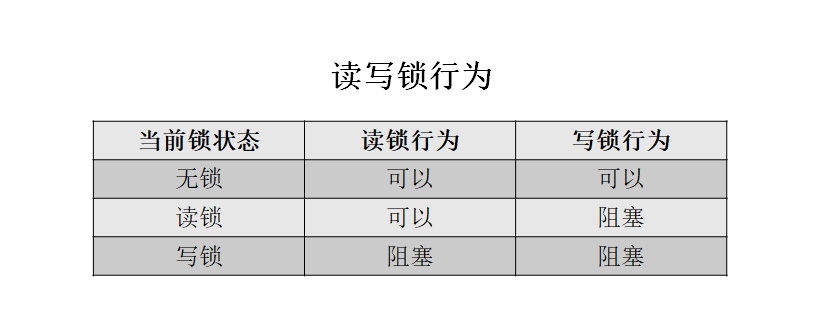
321原则:
三种关系:
- 读者 vs 读者:无关系
- 写者 vs 写者:互斥关系
- 读者 vs 写者:同步、互斥关系
两种角色:
- 读者
- 写者
一个交易场所:
- 一段缓冲区
基本操作:
设置读者优先:
int pthread_rwlockattr_setkind_np(pthread_rwlockattr_t *attr, int pref);
/*
pref 共有 3 种选择
PTHREAD_RWLOCK_PREFER_READER_NP (默认设置) 读者优先,可能会导致写者饥饿情况
PTHREAD_RWLOCK_PREFER_WRITER_NP 写者优先,目前有 BUG,导致表现行为和
PTHREAD_RWLOCK_PREFER_READER_NP 一致
PTHREAD_RWLOCK_PREFER_WRITER_NONRECURSIVE_NP 写者优先,但写者不能递归加锁
*/
初始化:
int pthread_rwlock_init(pthread_rwlock_t *restrict rwlock,
const pthread_rwlockattr_t *restrict attr);
销毁:
int pthread_rwlock_destroy(pthread_rwlock_t *rwlock);
加锁和解锁
int pthread_rwlock_rdlock(pthread_rwlock_t *rwlock);
int pthread_rwlock_wrlock(pthread_rwlock_t *rwlock);
int pthread_rwlock_unlock(pthread_rwlock_t *rwlock);


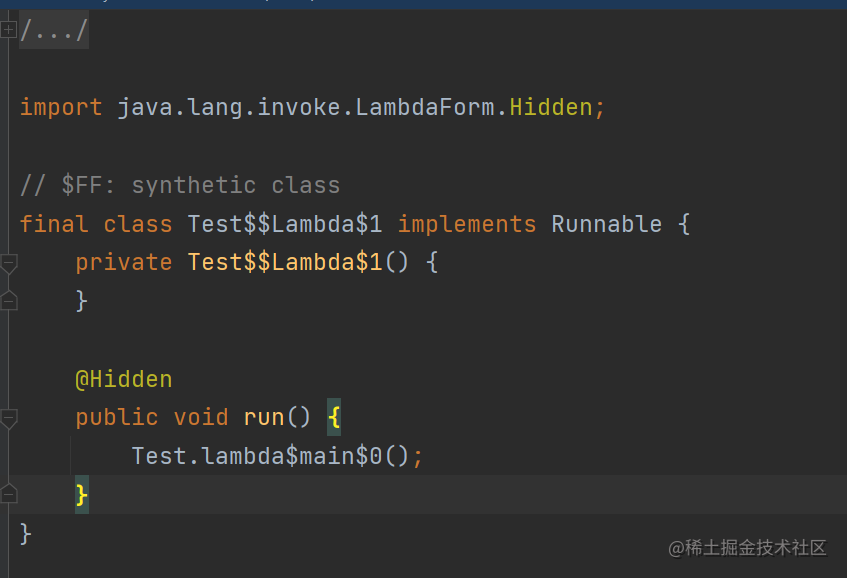



![[LeetCode周赛复盘] 第 94 场双周赛20221225](https://img-blog.csdnimg.cn/18c39fb983f84cd68fd1c8d77037fcf4.png)



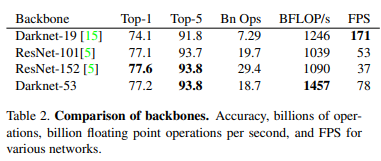

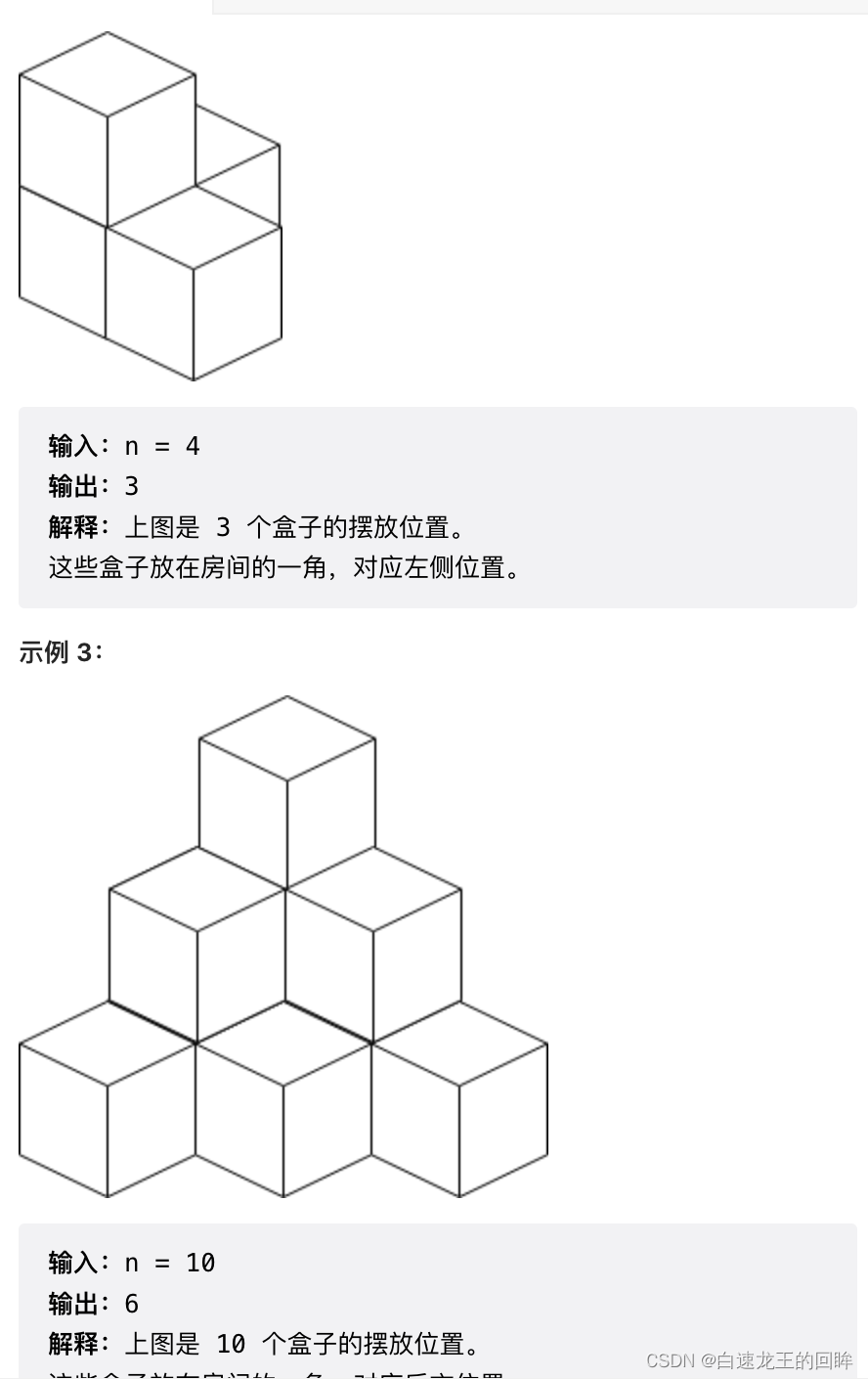

![gerber 文件格式 [一]](https://img-blog.csdnimg.cn/4c65cb8778694172ac1b7fa96293ccfd.png)

